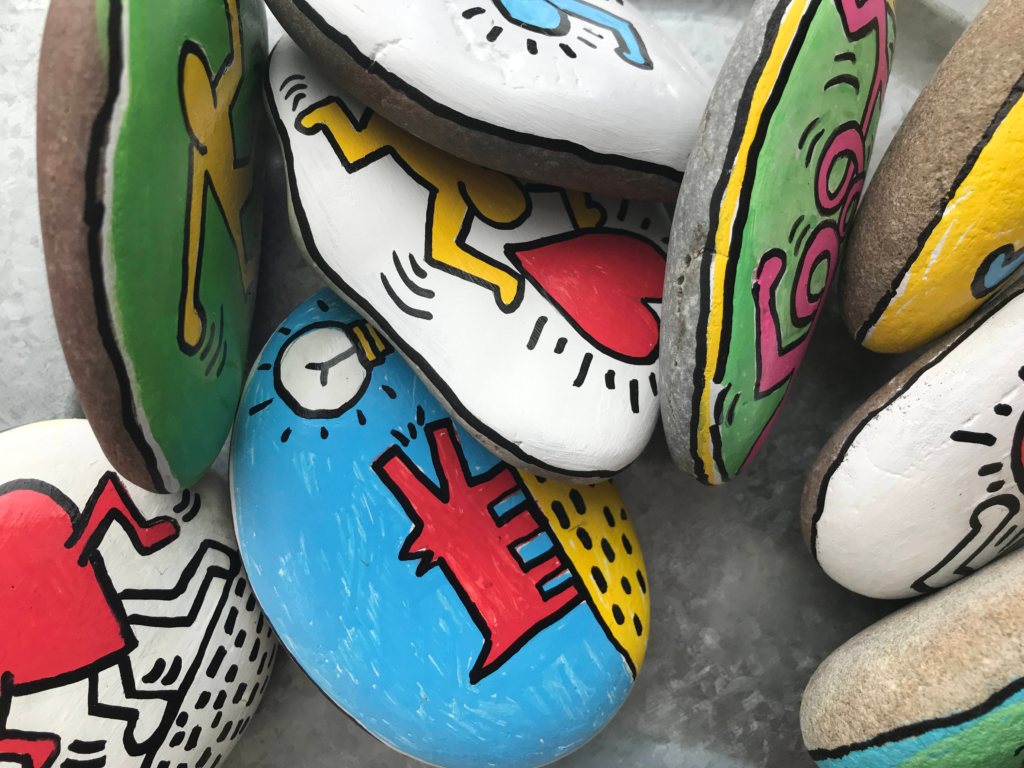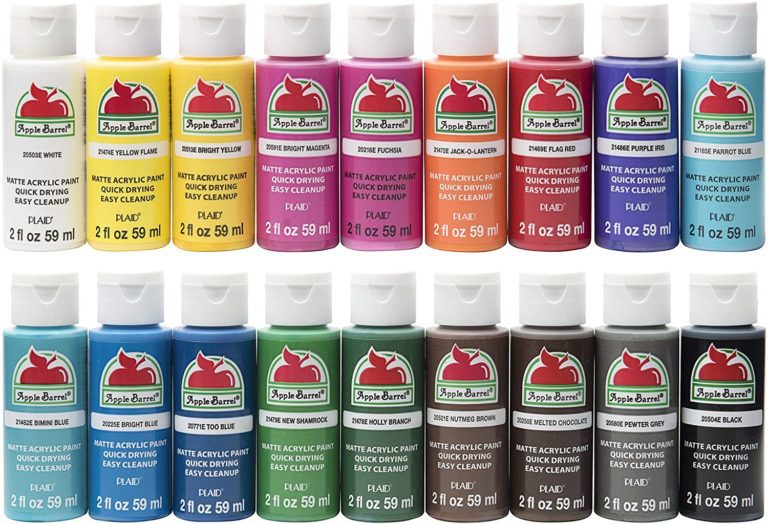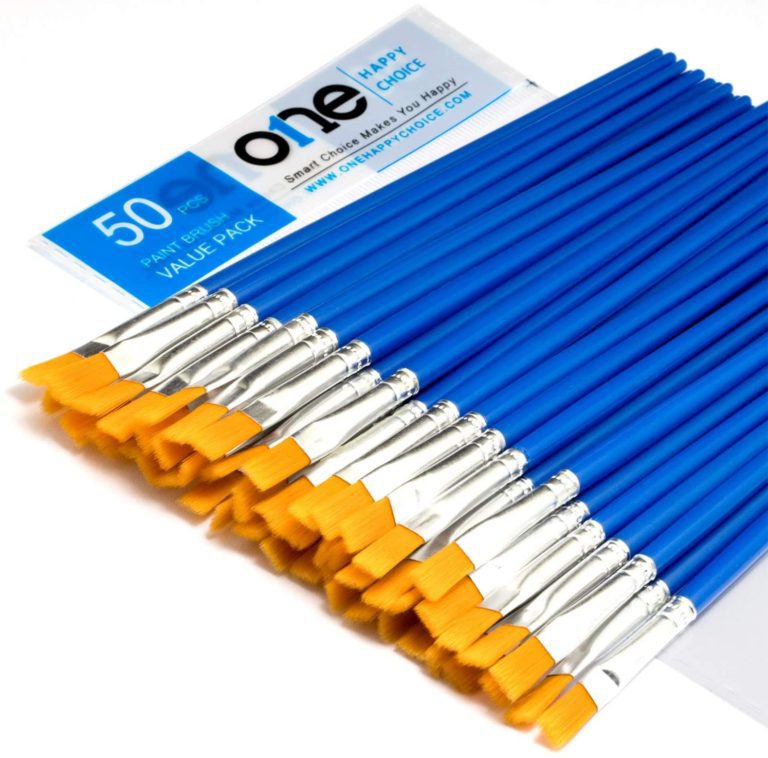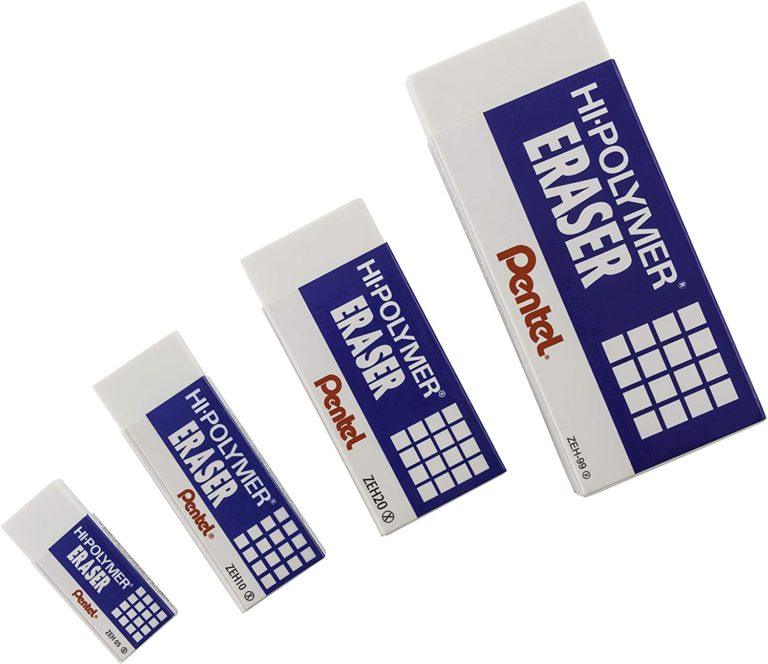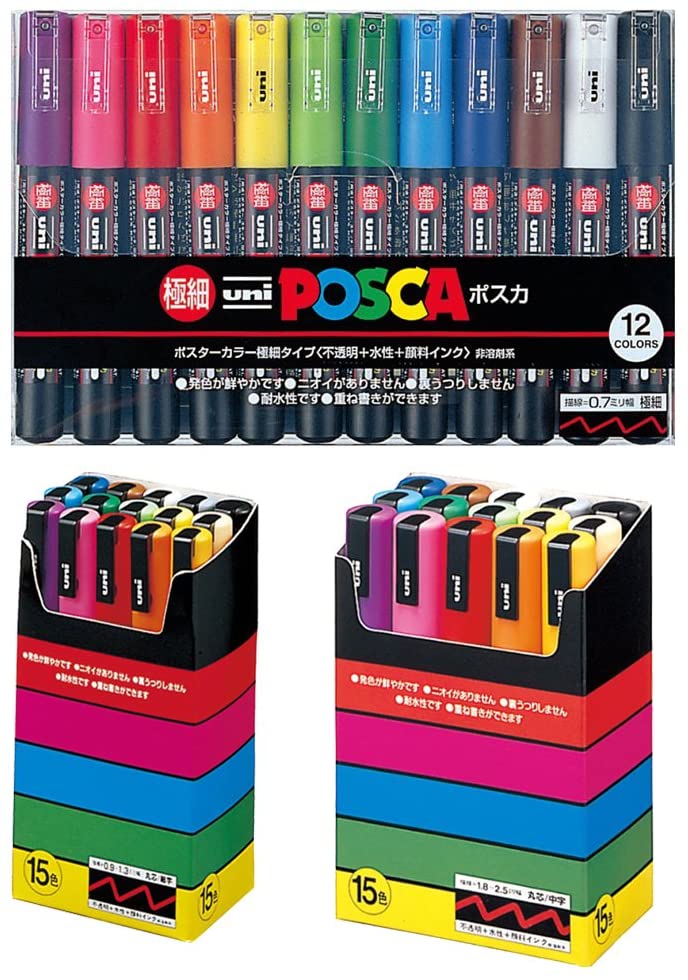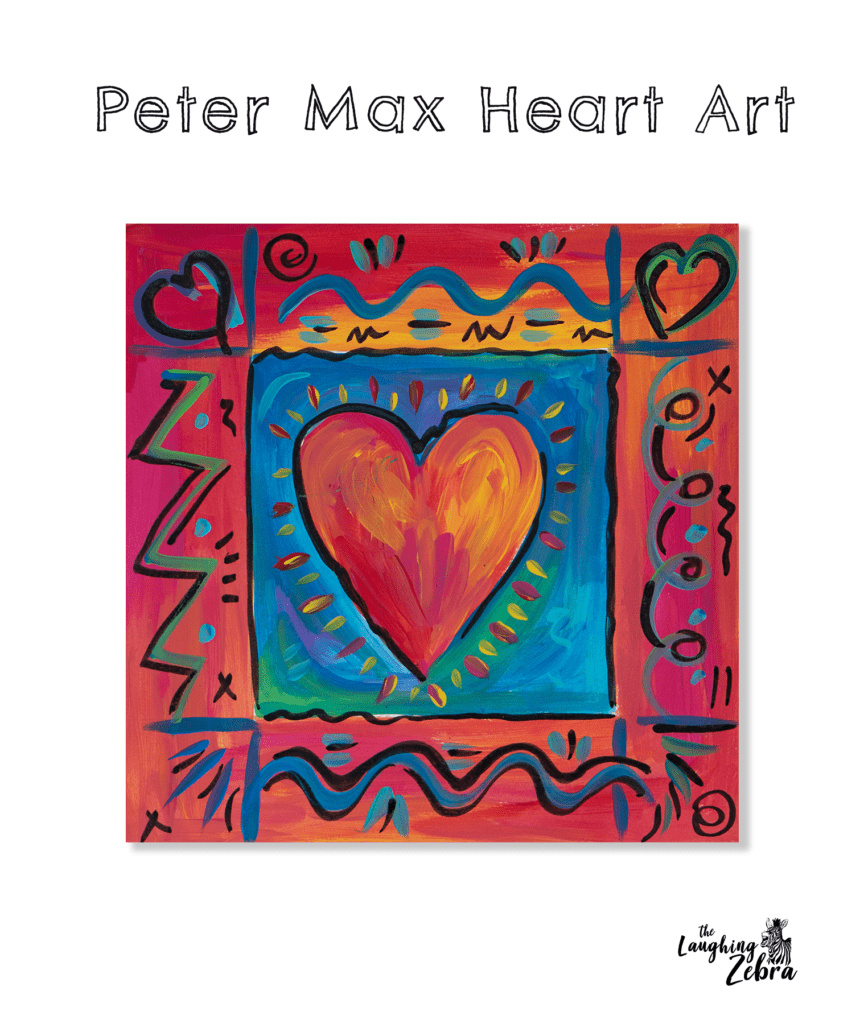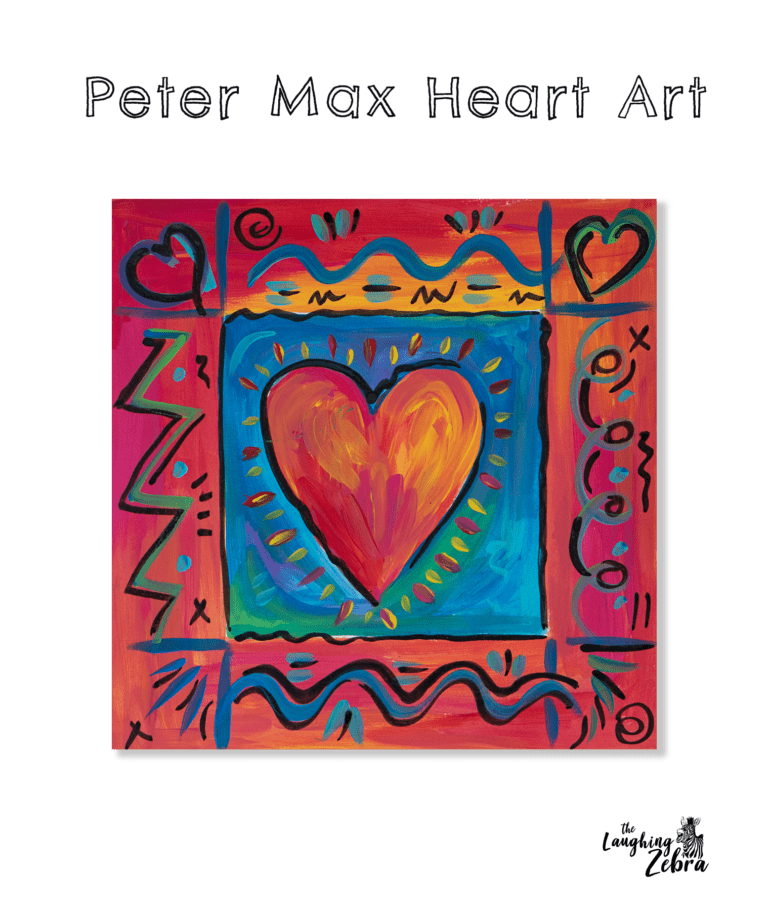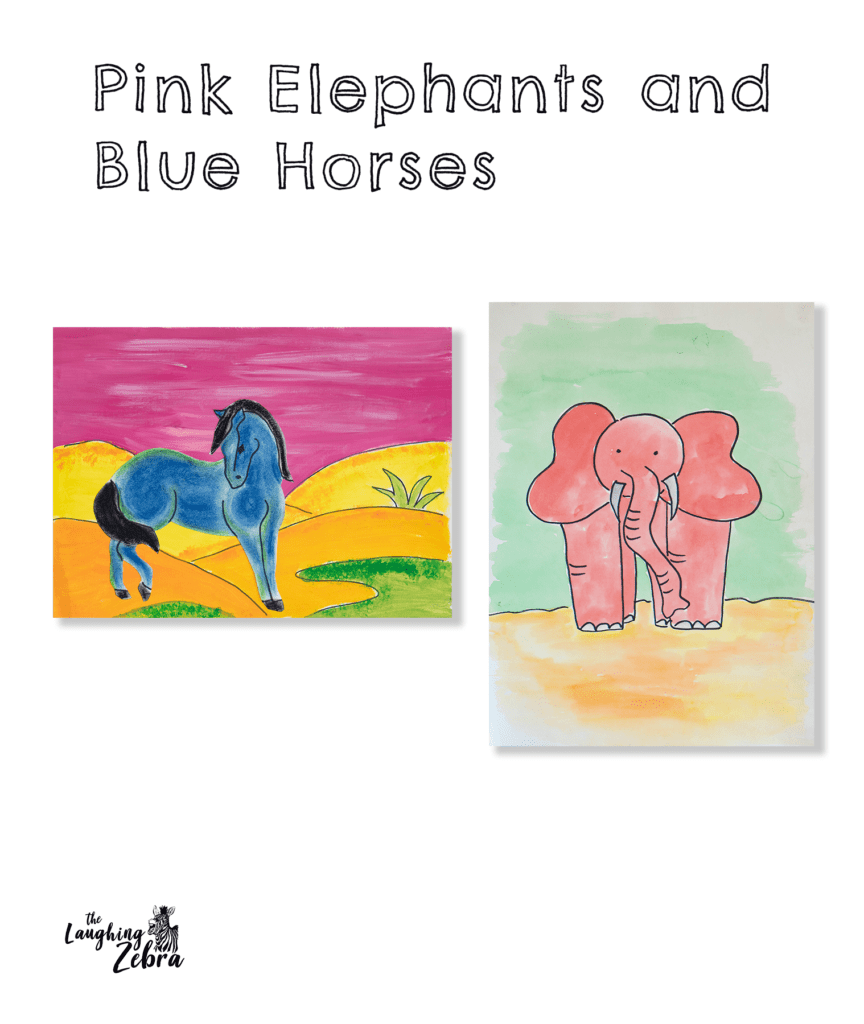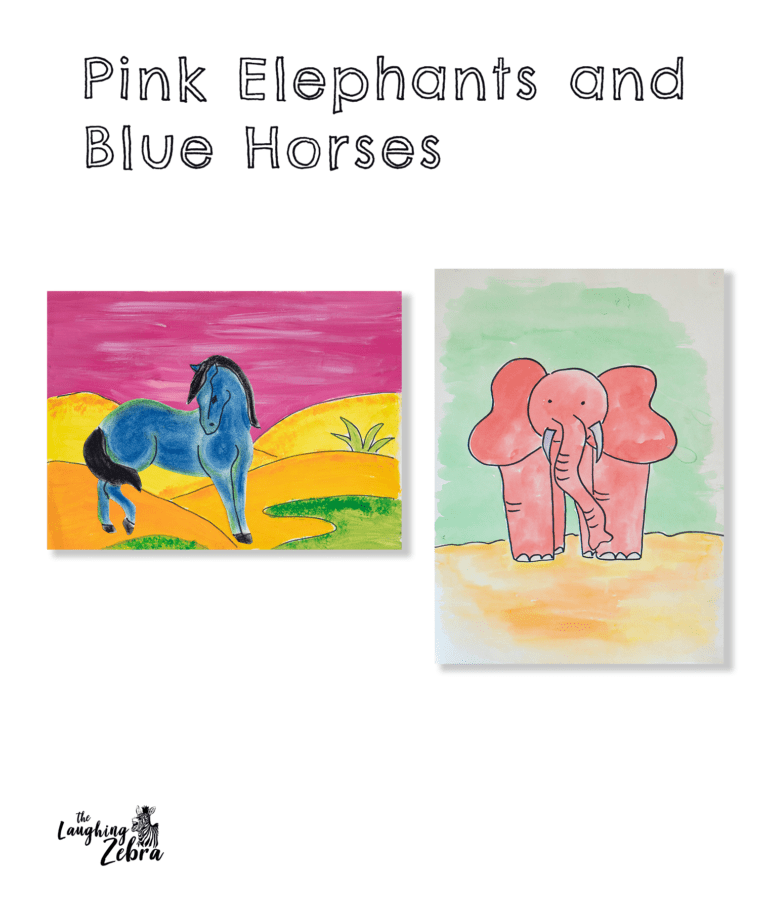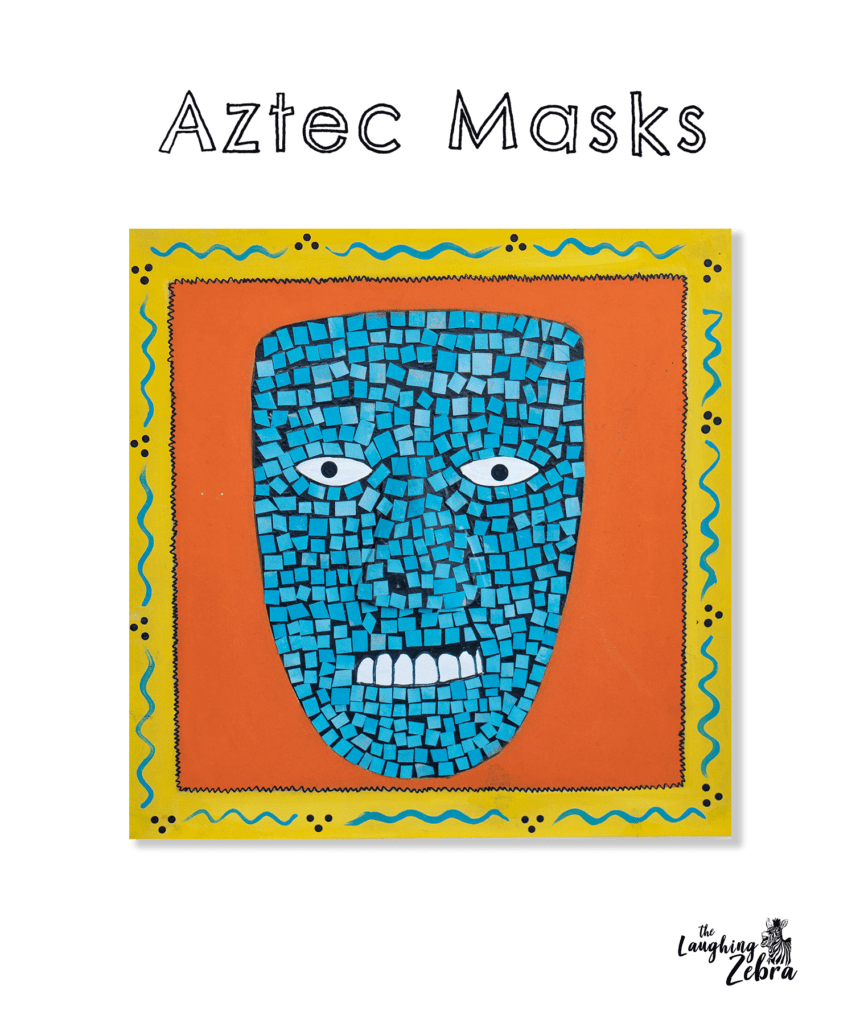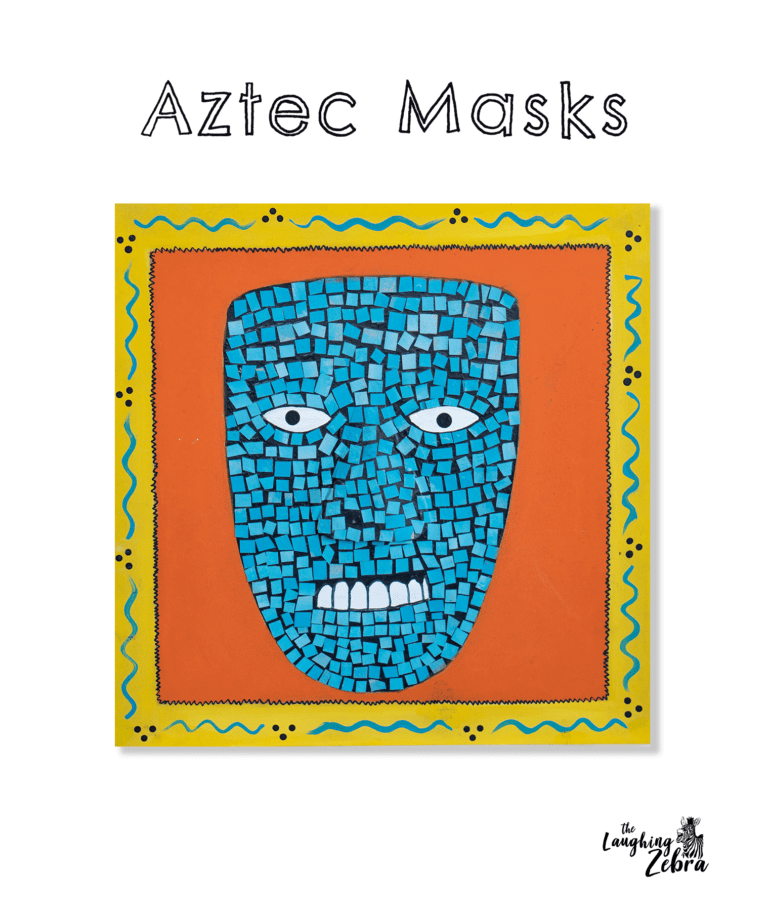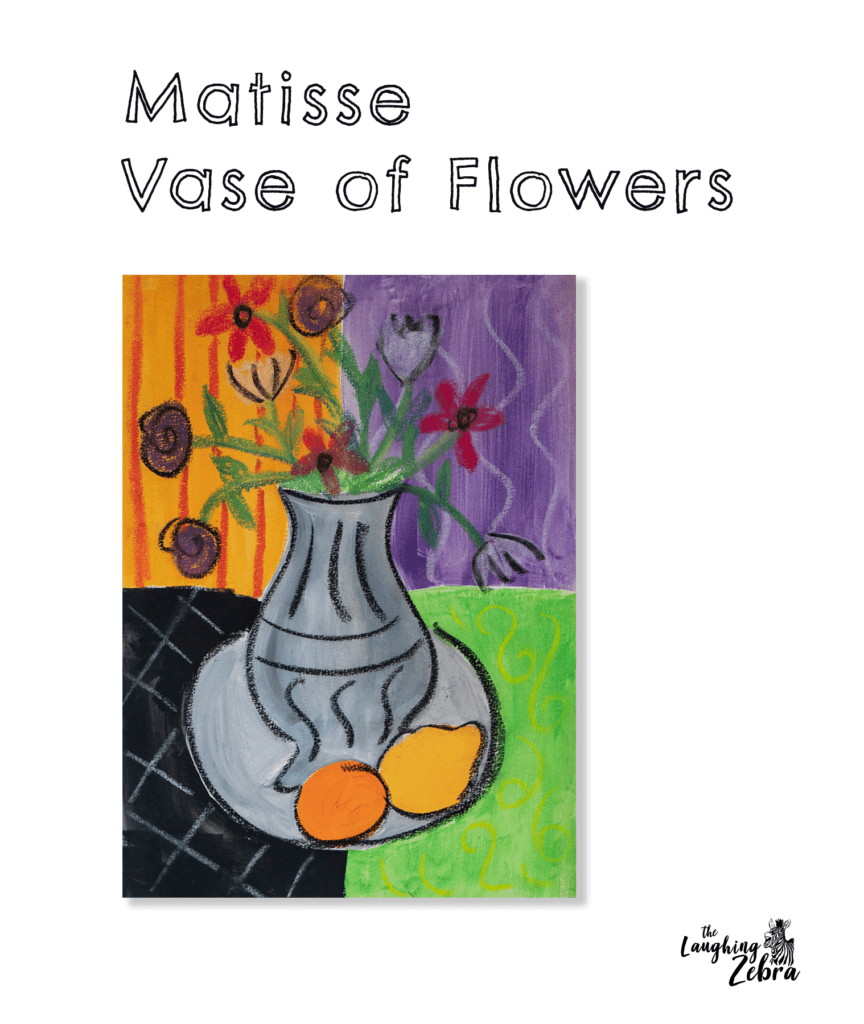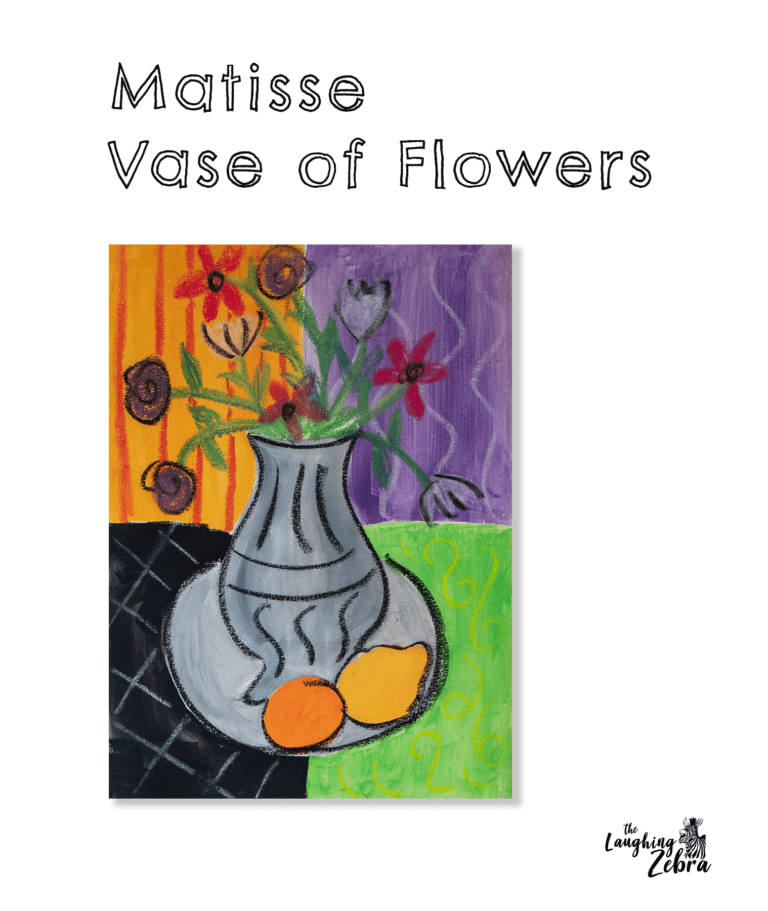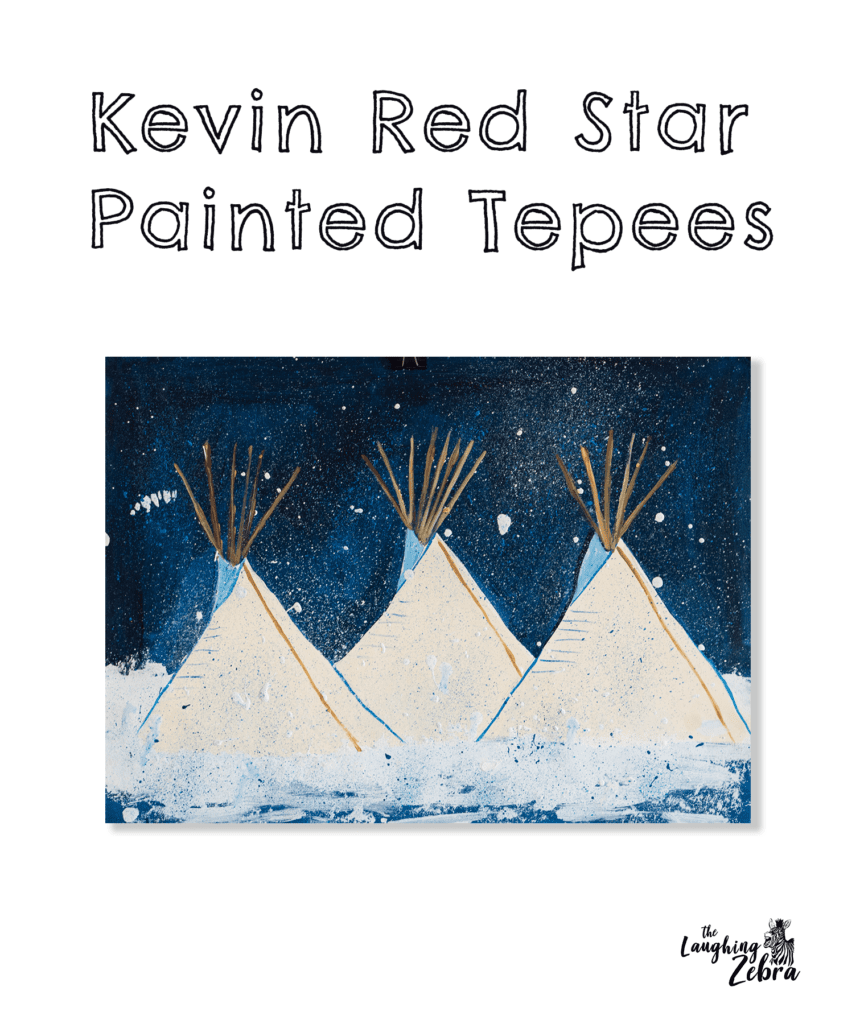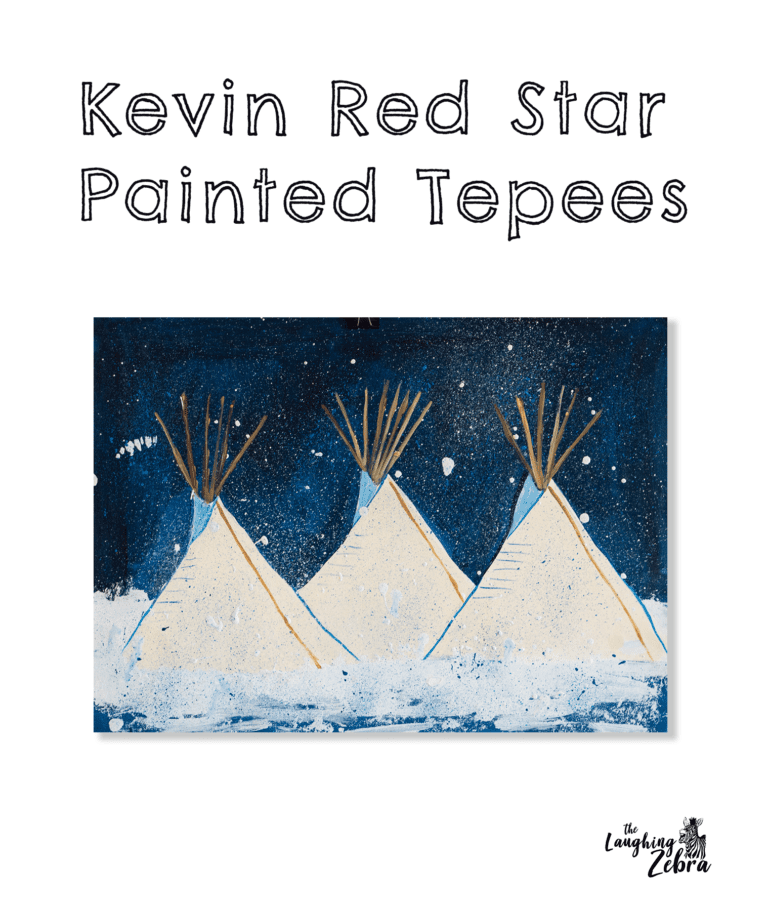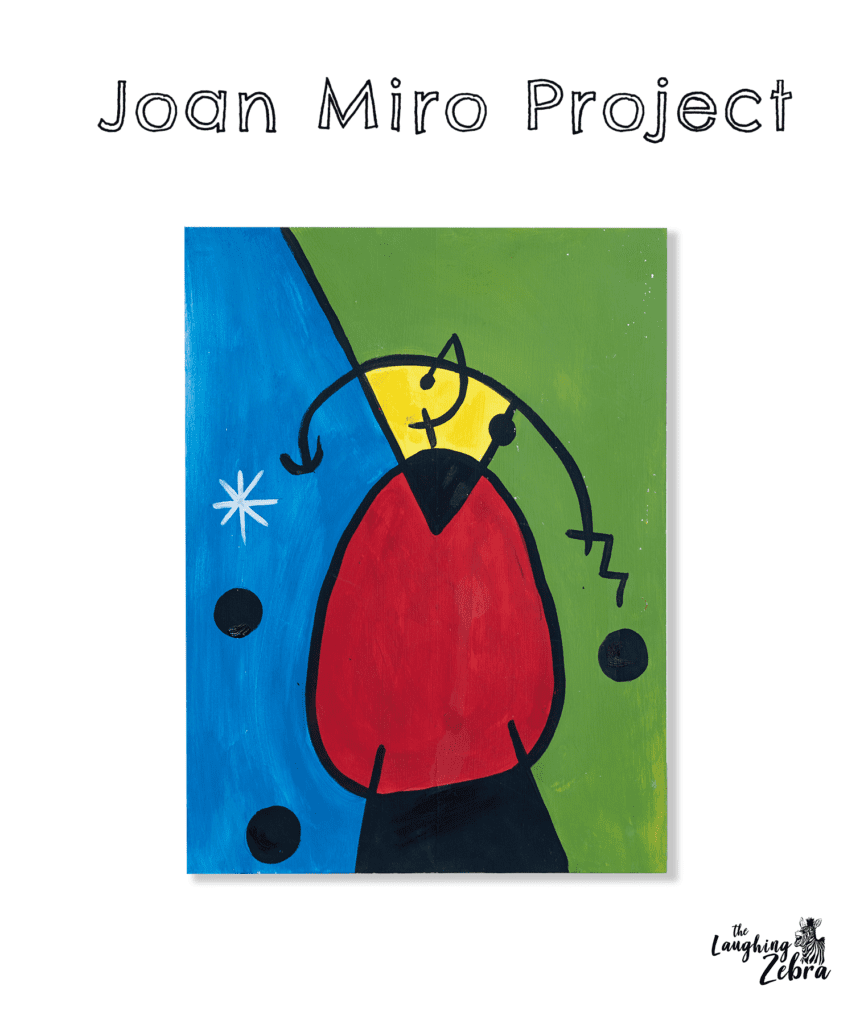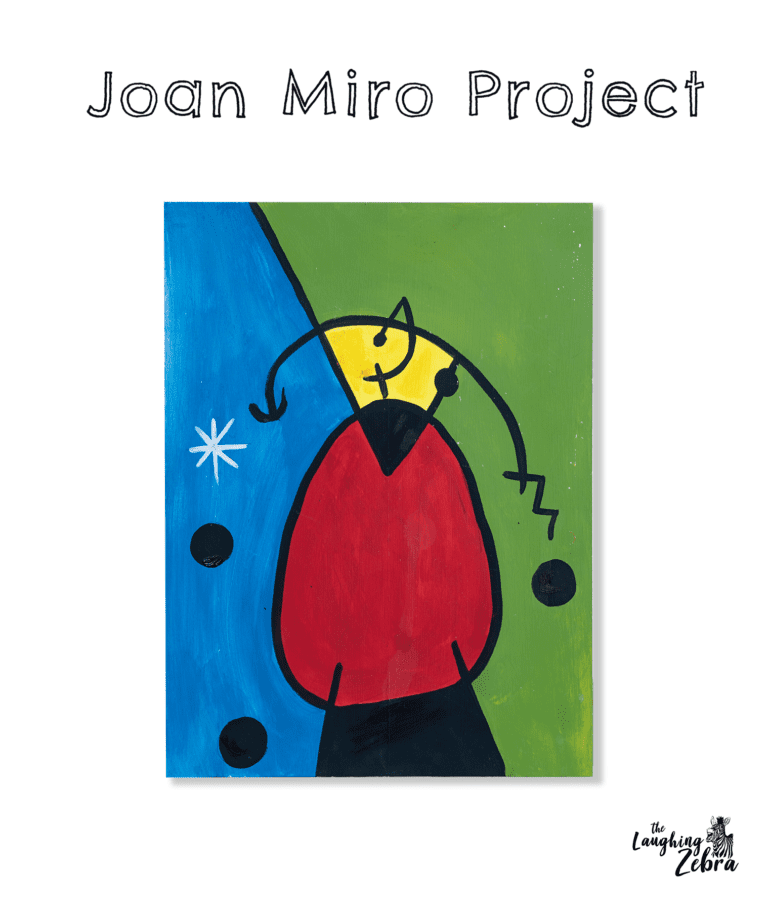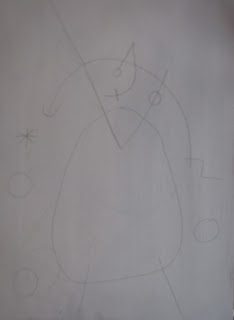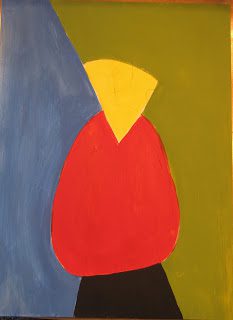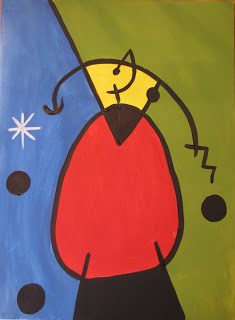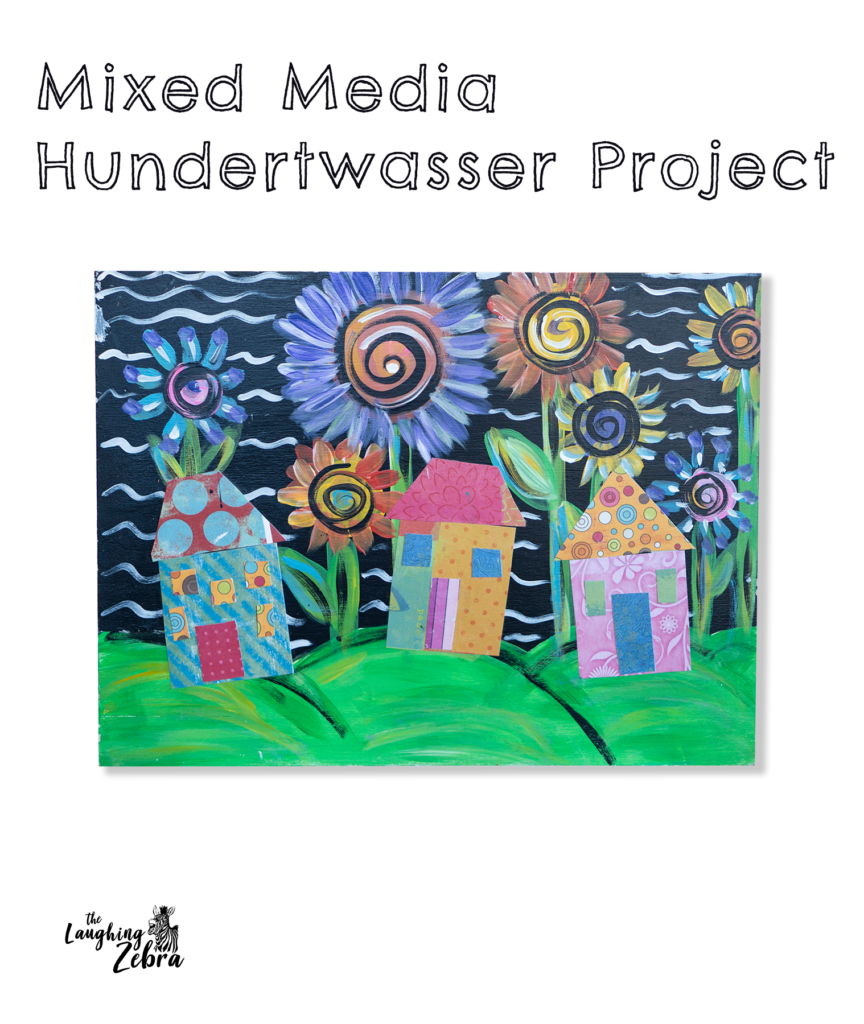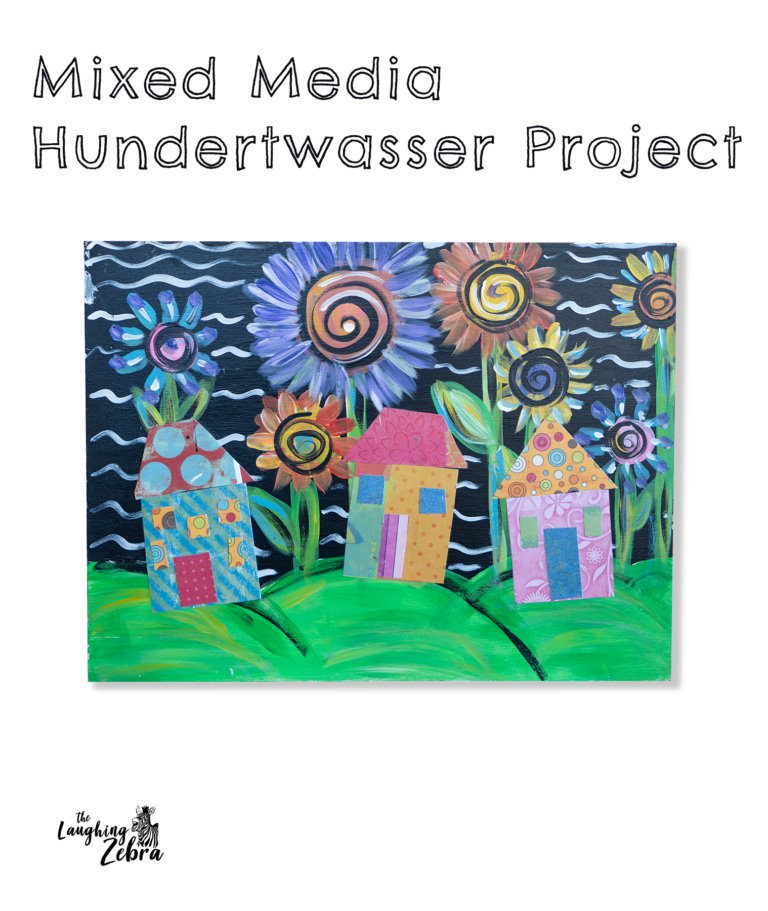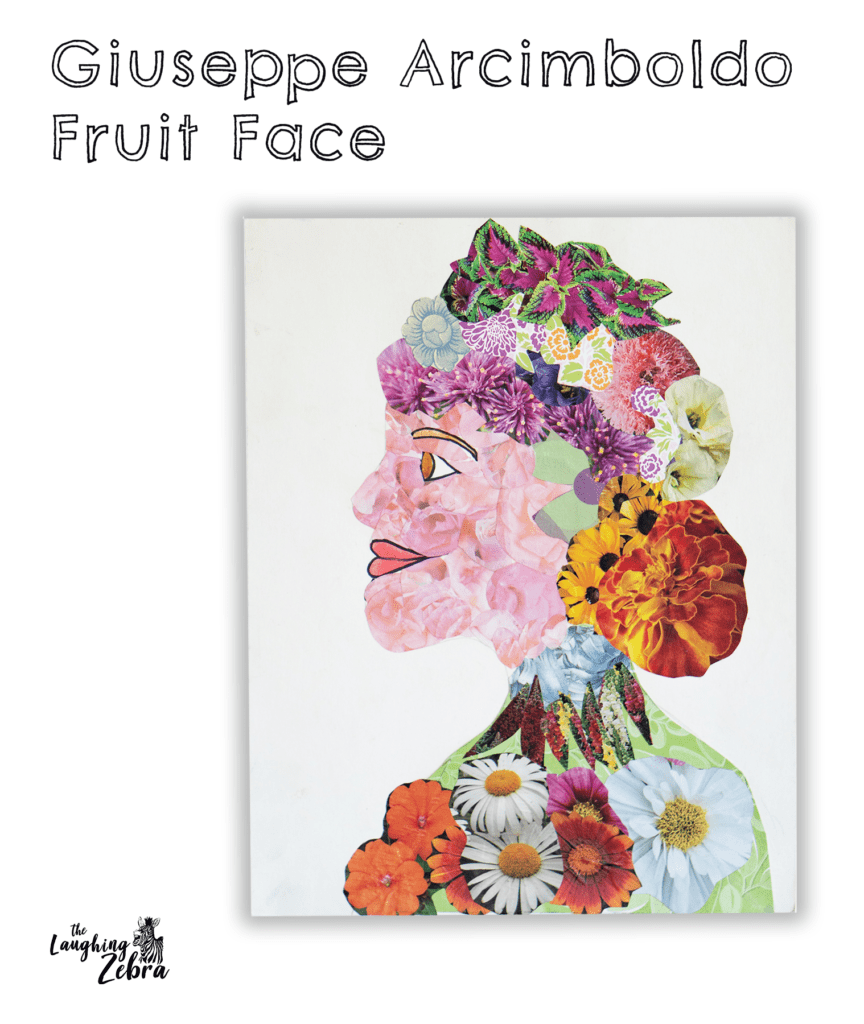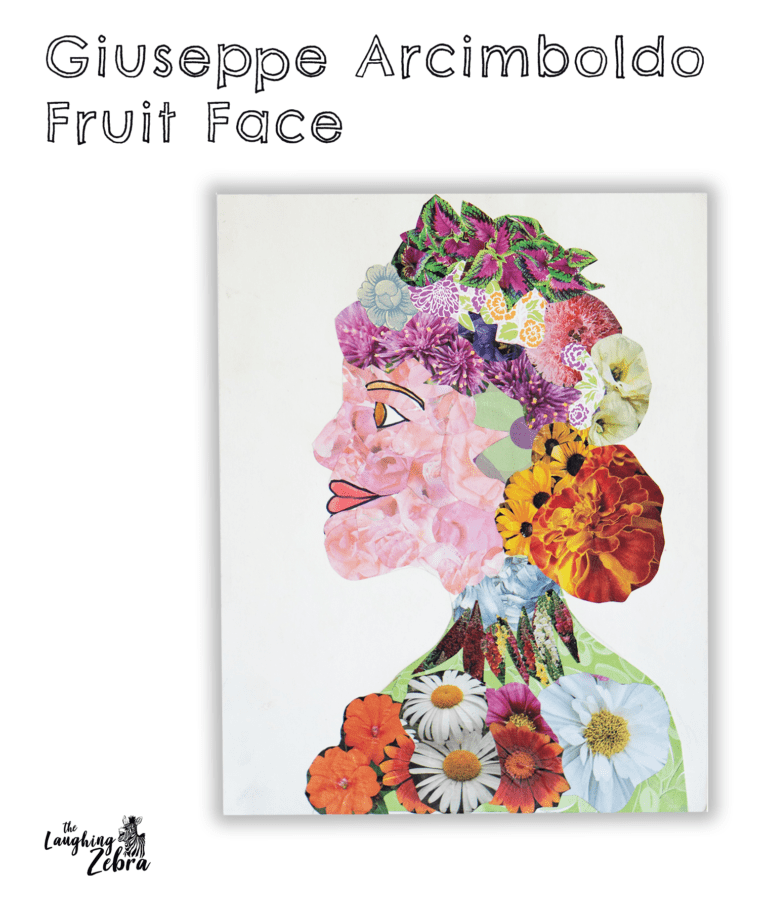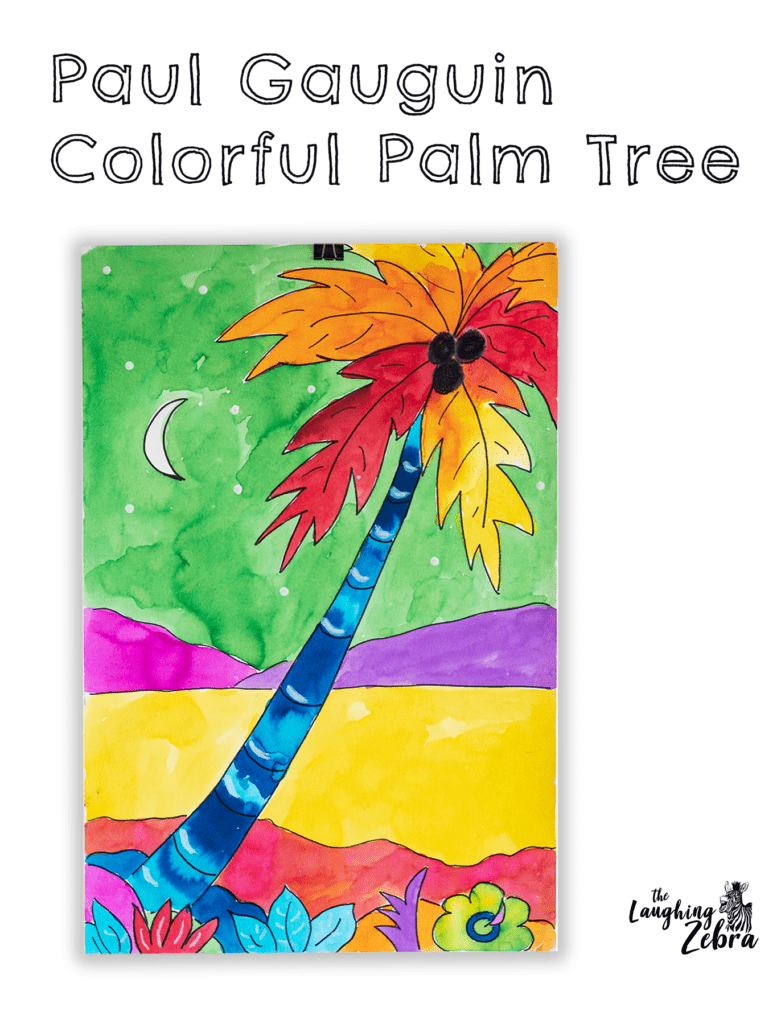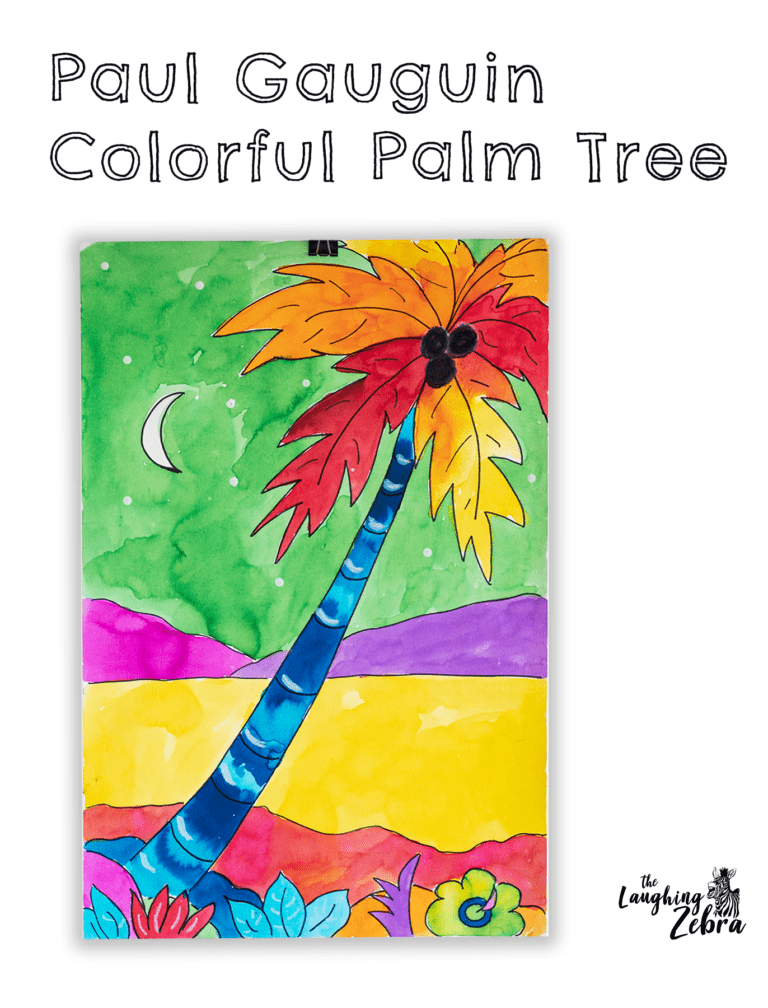Keith Haring Inspired Art Lesson: Painting Rocks in His Iconic Style
Keith Haring Inspired Art Lesson: Painting Rocks in His Iconic Style
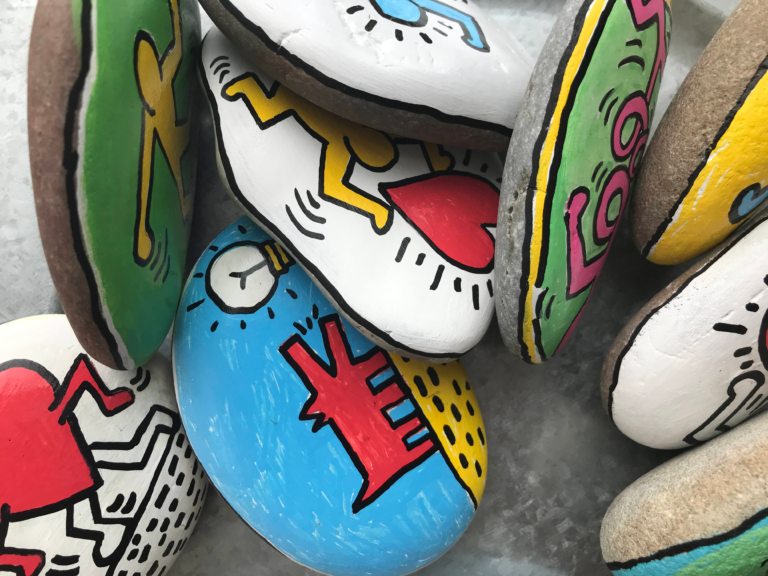
This page contains affiliate links and I may receive a commission for purchases made through these links. Everything on this page I have used and heartily recommend for teaching art.
Get ready to dive into the dynamic world of Keith Haring’s art! In this art lesson, kids will be inspired by the iconic style of Keith Haring as they explore his bold lines, vibrant colors, and playful imagery. Using rocks as their canvas, they’ll create their own unique artworks that capture Haring’s artistic spirit. So let’s gear up and get ready to paint rocks in the style of Keith Haring!
Resources for teaching about Keith Haring
Teaching Keith Haring to kids can be a fun and engaging experience! There are plenty of resources available to help introduce kids to Haring’s iconic art style. Start with books and online articles that provide an overview of Haring’s life, art, and artistic techniques in a kid-friendly manner. You can also find instructional videos or tutorials that demonstrate how to create Haring-inspired art projects step by step. Consider using printable coloring pages or activity sheets featuring Haring’s artwork to encourage kids to explore his bold lines and vibrant colors. Additionally, you can incorporate hands-on activities, such as painting rocks, creating murals, or using cutouts to mimic Haring’s signature figures. With the right resources, kids can learn about Keith Haring’s artistic legacy and be inspired to create their own unique artworks in his iconic style.
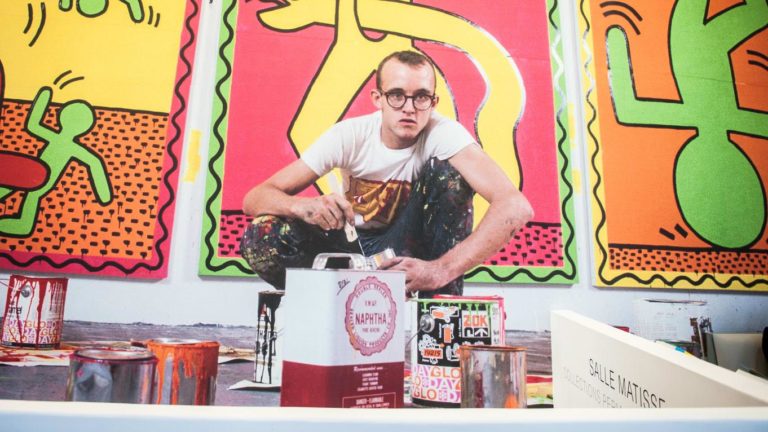
Who is Keith Haring?
Keith Haring was a famous artist known for his vibrant and bold artwork. He was born in Pennsylvania, USA, and started drawing at a young age. Haring's art often featured simple shapes, dancing figures, and bright colors. He used his art to communicate important messages about love, equality, and social issues. Haring's unique style became popular in the 1980s, and he gained recognition for his public murals and graffiti-inspired artwork. Despite his short life, Haring's art continues to inspire people all over the world, and his legacy lives on through his iconic imagery and powerful messages. Kids can learn from Keith Haring's playful and expressive art style and use it as inspiration for their own creative endeavors.
Books

Pop Art 123!
This is a board book for the younger ones.
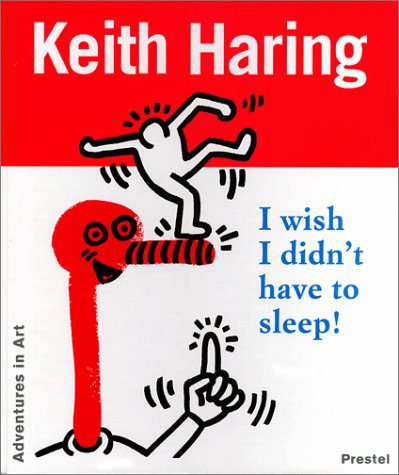
Keith Haring: I wish I didn't have to sleep!
Another great book on his art and famous style. (not for younger elementary kids)
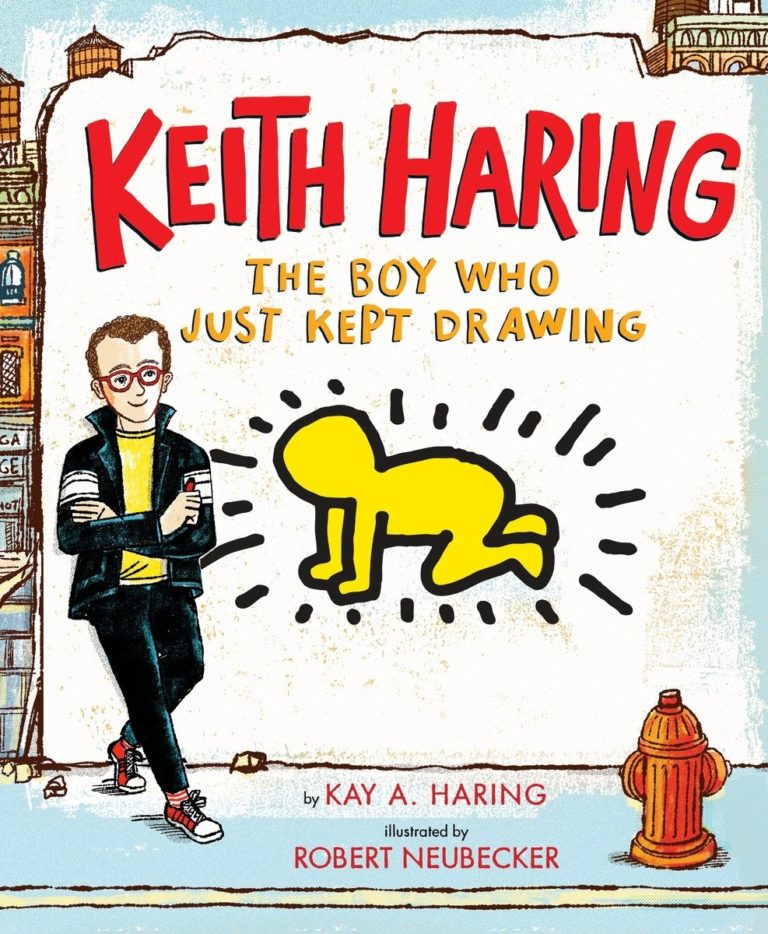
Keith Haring: The Boy Who Just Kept Drawing
This inspiring book was written by Keith’s sister Kay and is a delightful look into his life and art.
Slideshow
Photos of Keith Haring's Artwork
Keith Haring Inspired Art Lesson: Painting Rocks in His Iconic Style
Rocks (rocks that are flat and smooth and have a 3-4 inch painting surface work best for this project but you can adapt it to fit a smaller or larger rock).
Above are some good Keith Haring images to choose from for this project, but you can find all kinds of artwork by him online that would also work.
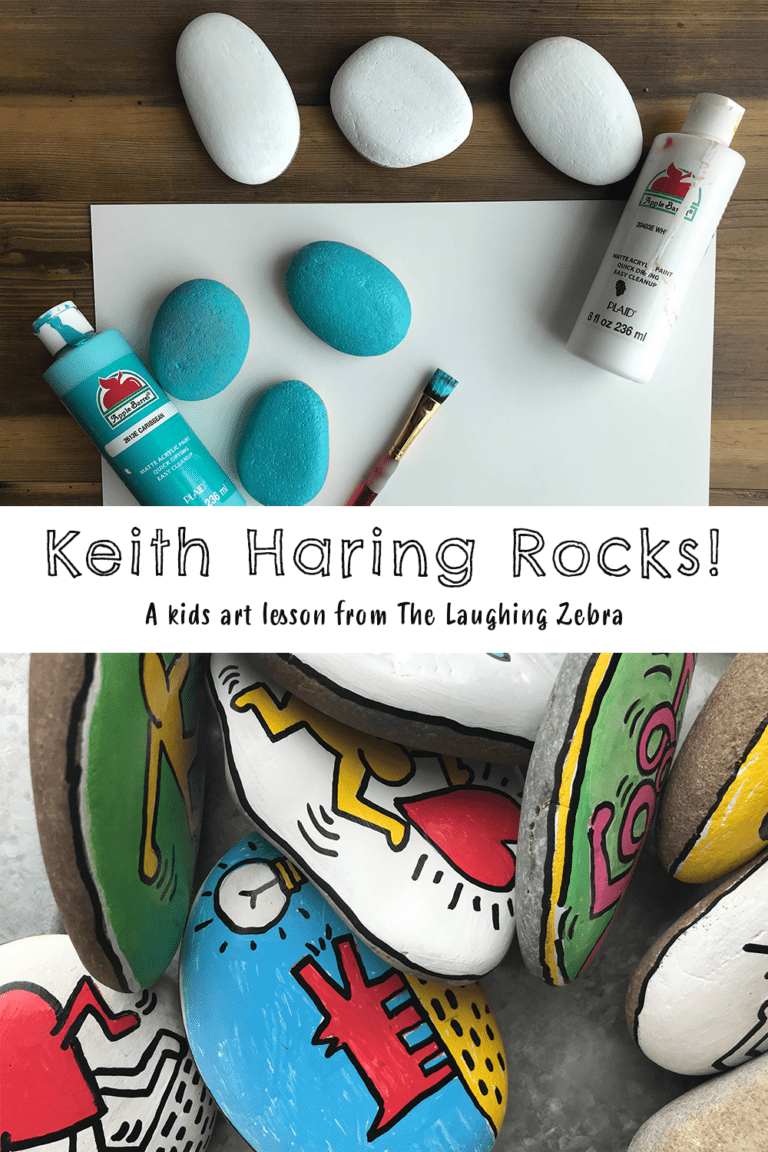
Supplies for Keith Haring Inspired Art Lesson: Painting Rocks in His Iconic Style:
There are lots of different supplies you can use for rock painting. My favorites and the ones I used for this lesson are:
- Rust-Oleum Gloss Clear Sealer (you can use any good gloss sealer)
- Acrylic paint (any brand is fine)
- Small flat brush
- Pencil
- Eraser
- Posca pen set -These are pricey but so wonderful. This is the full pack here, but if you don’t want to spend that much, check out this smaller pack! These are still great they just have less size options.
- Rocks (rocks that are flat and smooth and have a 3-4 inch painting surface work best for this project but you can adapt it to fit a smaller or larger rock).
Step-by-Step:
- Start by cleaning your rock(s) with soap and water and then let dry.
- Using acrylic paint do a base coat on the top of the rock. You can use any color but I find for doing Haring artwork it is good to start with a base of white. You can paint another color over this if you want a different color for your base. (the white covers the rock best)
- With pencil add the Haring image that you like.
- Fill in the image with either the Posca markers, acrylic paint, or another paint pen or colored Sharpie. (use the same colors he used to make it really look like a Haring artwork)
- Outline images and add action lines and other details with the black Posca pen or a black Sharpie. Also do a line around the rock at the edge of the base paint. (see photo of rock edges)
- When paint is completely dry spray with the clear sealer.
Step-by-step photos of Keith Haring Rocks
There will be a brand new Keith Haring step-by-step art lesson in my new book! Subscribe below for more details.
Kindness Rocks Art
It only takes a few minutes to spread some love and kindness!
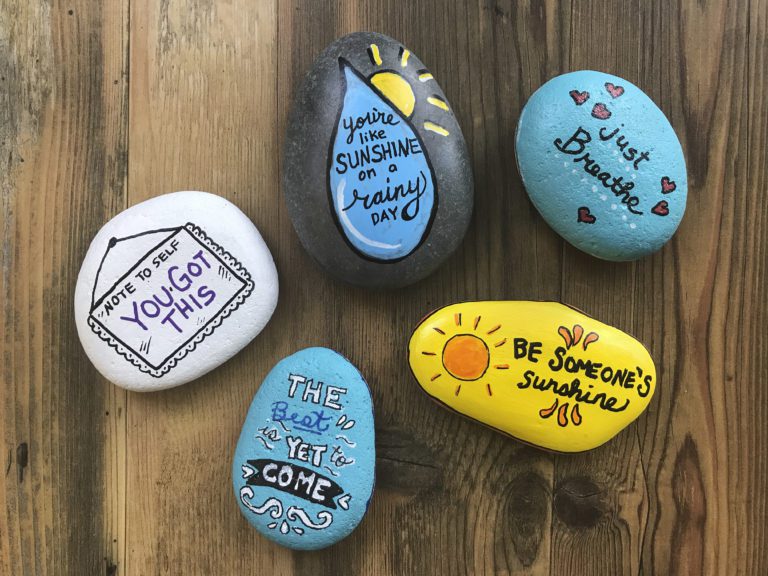
This page contains affiliate links and I may receive a commission for purchases made through these links. Everything on this page I have used and heartily recommend for teaching art.
My husband and I are on day 59 of a 2-5 mile walk. (we try and mix it up quite a bit and go different places) The walks have been so great to fight the isolation time and just a fun way to stay fit and have some good talks.
I got the idea to put out some kindness rocks in hopes to brighten someone’s day and maybe give folks an idea of a fun art project they could do. Kindness rocks are not a new thing but given our current situation with Covid-19 it seemed like a good way to share some joy with my town. You can put anything you want on them and there are a variety of ways to paint them. I like using the Posca paint pens that I talked about in the Keith Haring Rocks! Art lesson that I posted recently. You can also write things on the back like “Take me home” or “Share this with someone”. I am going to put out some of my Keith Haring rocks on my walks as well. They are so fun and bright and make me smile, and hopefully they will bring a smile to someone else as well.
Let me know in the comments below if you make some of these kindness rocks! I’d love to hear your ideas and questions.
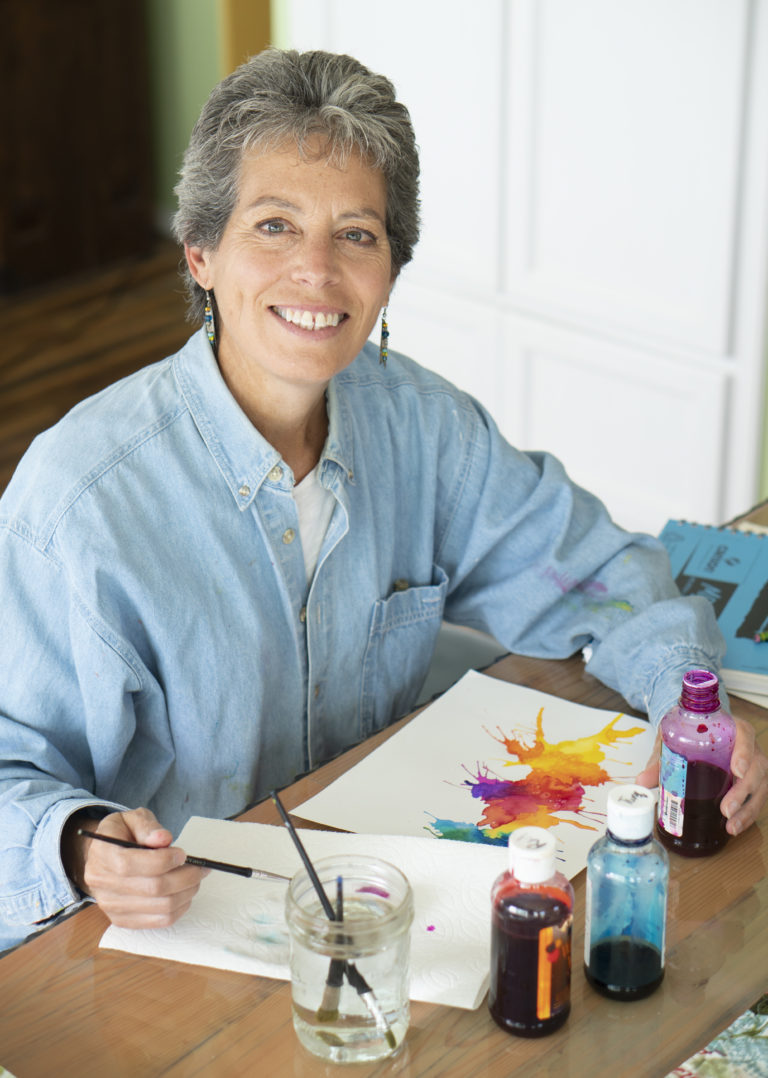
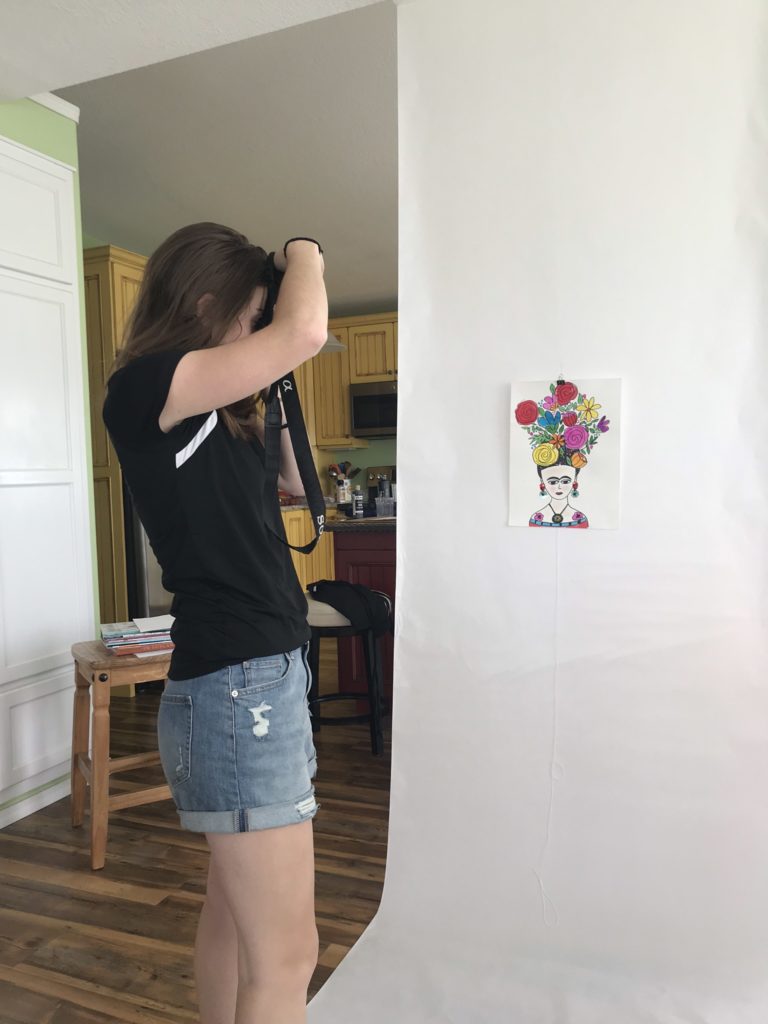
Sign up here for news about my upcoming art lesson book:
Recent Blog Posts:
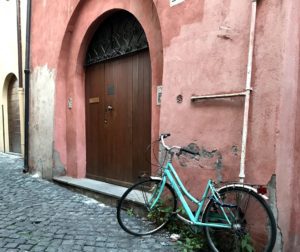
The Doors of Italy
At the end of a 3 week vacation to Europe, I came away with so many pictures of things that captured my interest and the mood of the moment. I couldn’t get enough of all the time worn doors, especially those in Italy.
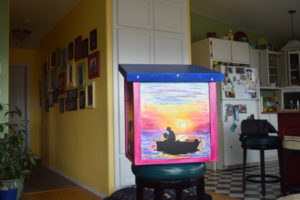
Making Reading Beautiful!
We painted Free Little Libraries! Does your city have a Little Free Library? These are little free standing libraries that have a “host” who looks after them and can be located in someone’s yard , out in the country, or in front of a business or in a park. You can take a book to read or leave one for someone else to find.
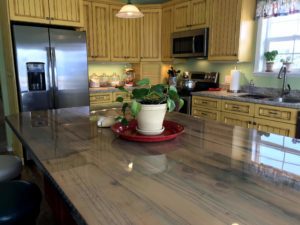
My Beautiful Tuscan Kitchen
This year marks the two year anniversary of our kitchen remodel! My wonderful cabinet maker husband finally got around to making this custom kitchen for our home and I couldn’t be happier!
Keith Haring Inspired Art Lesson: Painting Rocks in His Iconic Style Read More »
